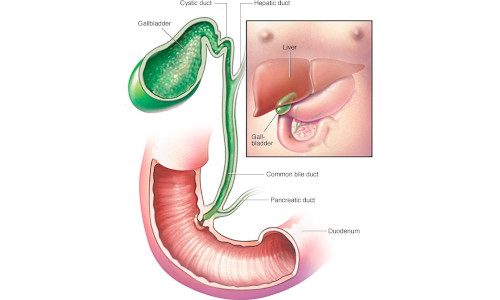Bile Duct Cancer Treatment
The results of your imaging tests will help guide your Bile Duct Cancer treatment.
Bile Duct Cancer treatment for cholangiocarcinoma may include:
- When possible, doctors try to remove as much of the cancer as they can. For very small bile duct cancers, this involves removing part of the bile duct and joining the cut ends. For more-advanced bile duct cancers, nearby liver tissue, pancreas tissue or lymph nodes may be removed as well.
- Liver transplant.Surgery to remove your liver and replace it with one from a donor (liver transplant) may be an option in certain cases for people with hilar cholangiocarcinoma. For many, a liver transplant is a cure for hilar cholangiocarcinoma, but there is a risk that the cancer will recur after a liver transplant.
- Chemotherapy uses drugs to kill cancer cells. Chemotherapy may be used before a liver transplant. It may also be an option for people with advanced cholangiocarcinoma to help slow the disease and relieve signs and symptoms.
- Radiation therapy.Radiation therapy uses high-energy sources, such as photons (x-rays) and protons, to damage or destroy cancer cells. Radiation therapy can involve a machine that directs radiation beams at your body (external beam radiation). Or it can involve placing radioactive material inside your body near the site of your cancer (brachytherapy).
- Photodynamic therapy.In photodynamic therapy, a light-sensitive chemical is injected into a vein and accumulates in the fast-growing cancer cells. Laser light directed at the cancer causes a chemical reaction in the cancer cells, killing them. You’ll typically need multiple treatments. Photodynamic therapy can help relieve your signs and symptoms, and it may also slow cancer growth. You’ll need to avoid sun exposure after treatments.
- Biliary drainage.Biliary drainage is a procedure to restore the flow of bile. It can involve bypass surgery to reroute the bile around the cancer or stents to hold open a bile duct being collapsed by cancer. Biliary drainage helps relieve signs and symptoms of cholangiocarcinoma.
Because cholangiocarcinoma is a very difficult type of tumor to treat, don’t hesitate to ask about your doctor’s experience with treating the condition. If you have any doubts, get a second opinion.
Clinical trials
Clinical trials are studies to test new treatments, such as systemic therapy and new approaches to surgery. If the treatment being studied proves to be safer and more effective than are current treatments, it can become the new standard of care.
Clinical trials for cholangiocarcinoma might give you a chance to try new targeted therapy, or chemotherapy drugs.
Clinical trials can’t guarantee a cure, and they might have serious or unexpected side effects. On the other hand, cancer clinical trials are closely monitored to ensure they’re conducted as safely as possible. They offer access to treatments that wouldn’t otherwise be available to you.
Talk to your doctor about what clinical trials might be appropriate for you.
Supportive (palliative) care
Palliative care is specialized medical care that focuses on providing relief from pain and other symptoms of a serious illness. Palliative care specialists work with you, your family and your other doctors to provide an extra layer of support that complements your ongoing care. Palliative care can be used while undergoing aggressive treatments, such as surgery.
When palliative care is used along with other appropriate treatments — even soon after your diagnosis — people with cancer may feel better and may live longer.
Palliative care is provided by teams of doctors, nurses and other specially trained professionals. These teams aim to improve the quality of life for people with cancer and their families. Palliative care is not the same as hospice care or end-of-life care.

